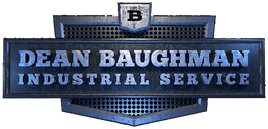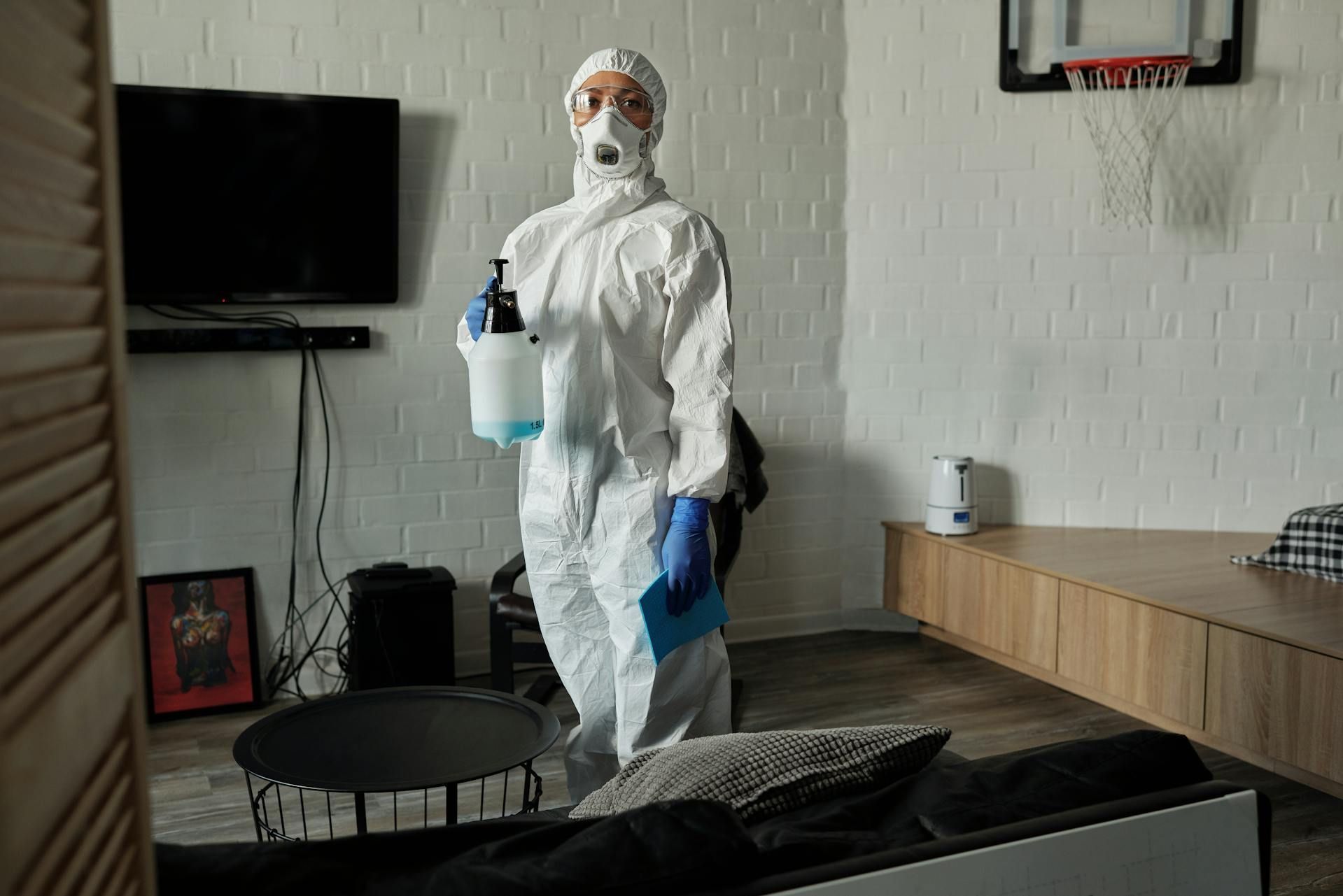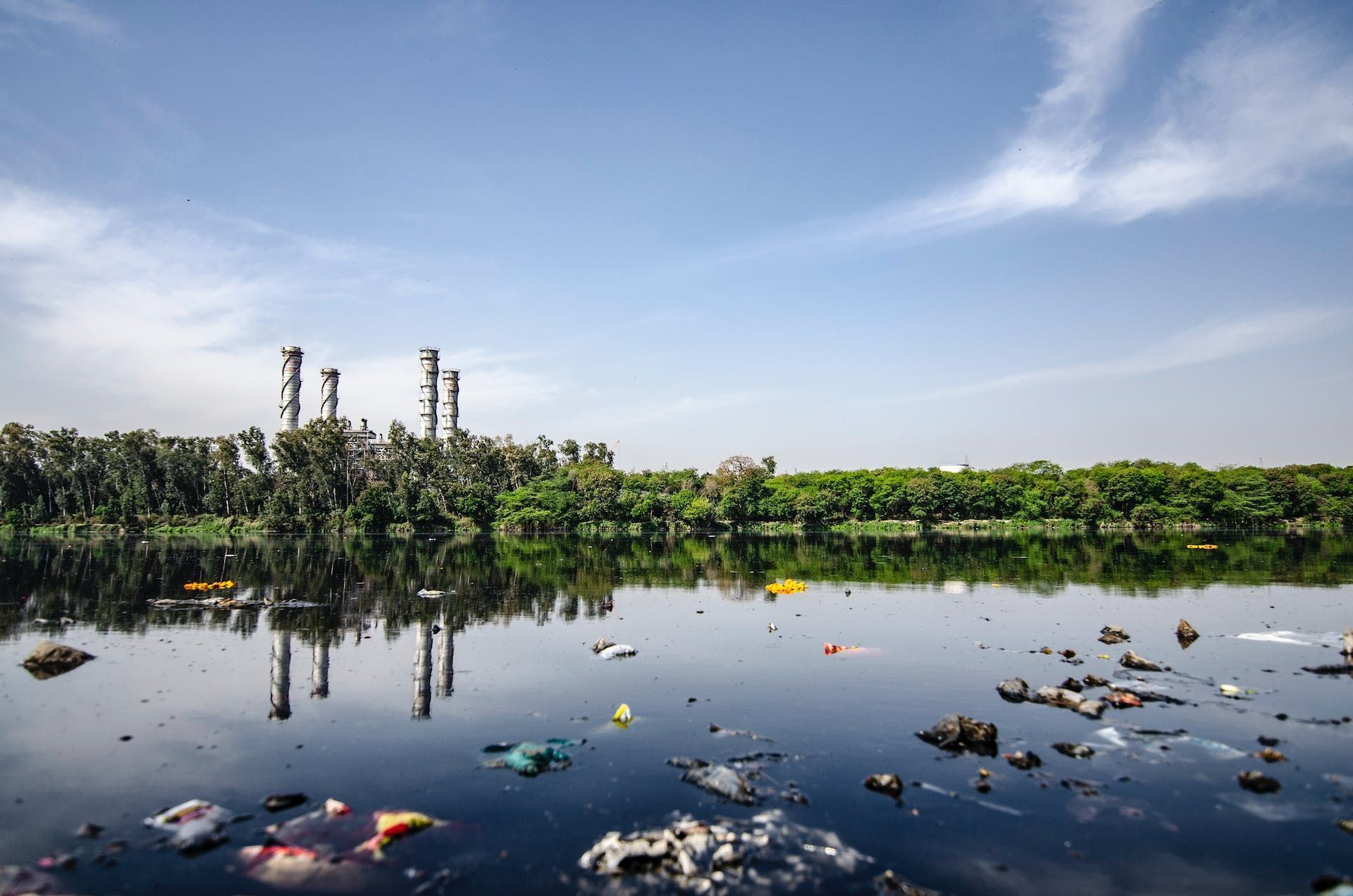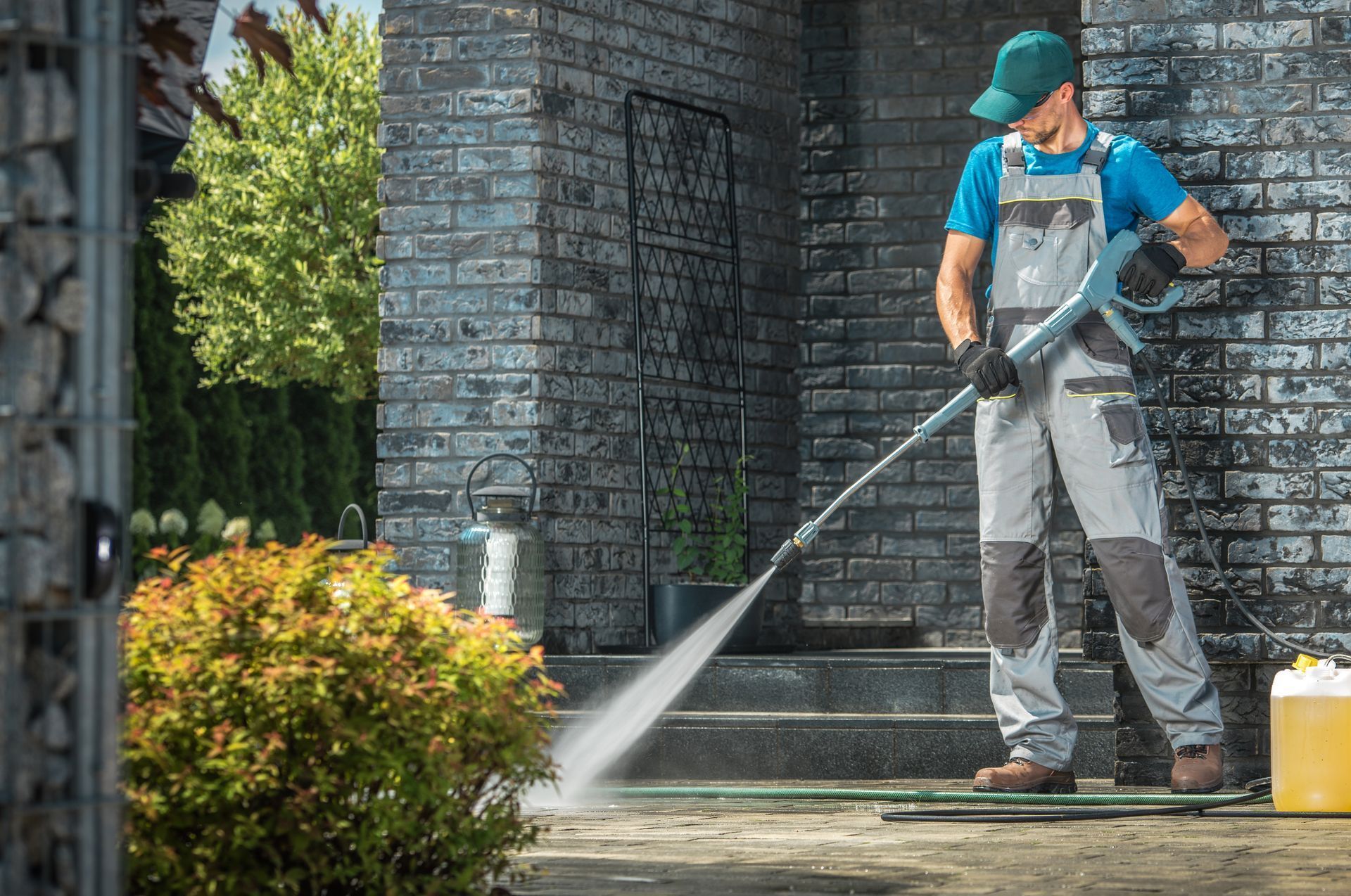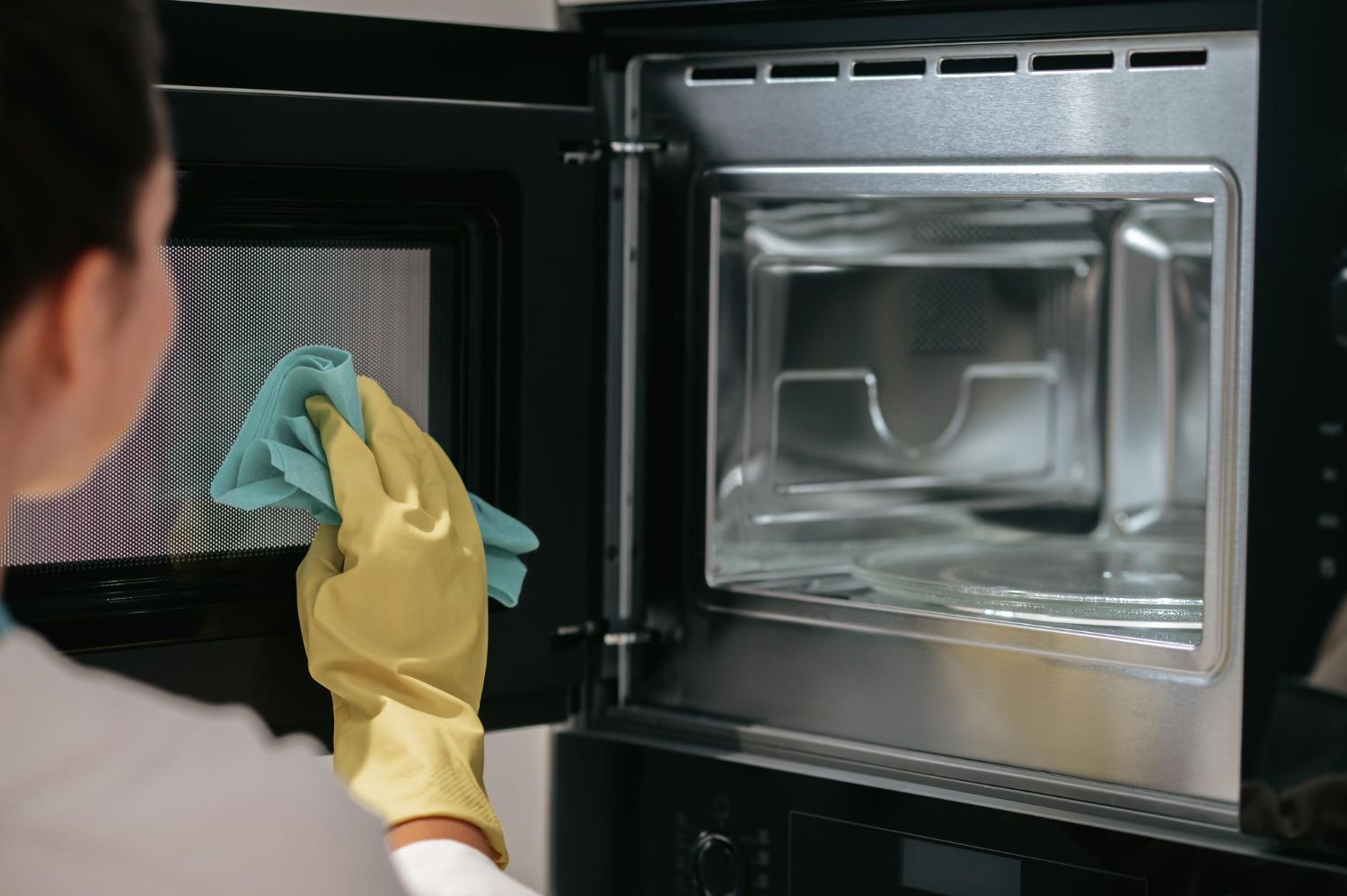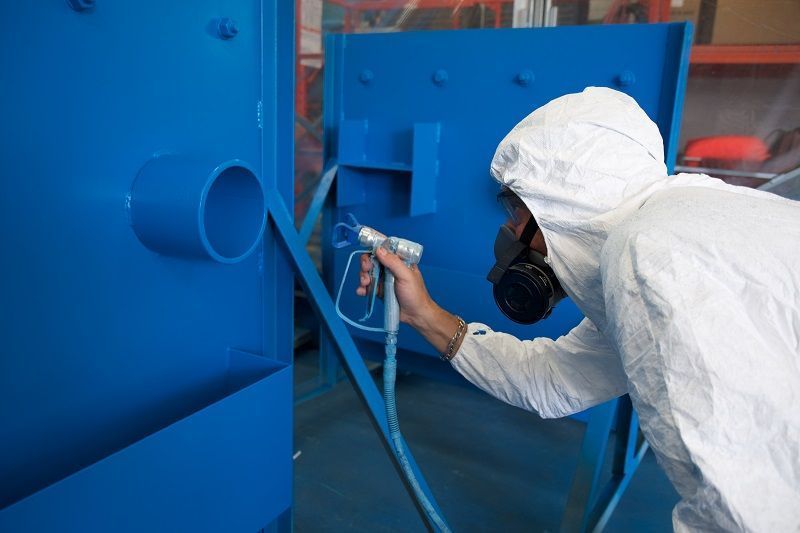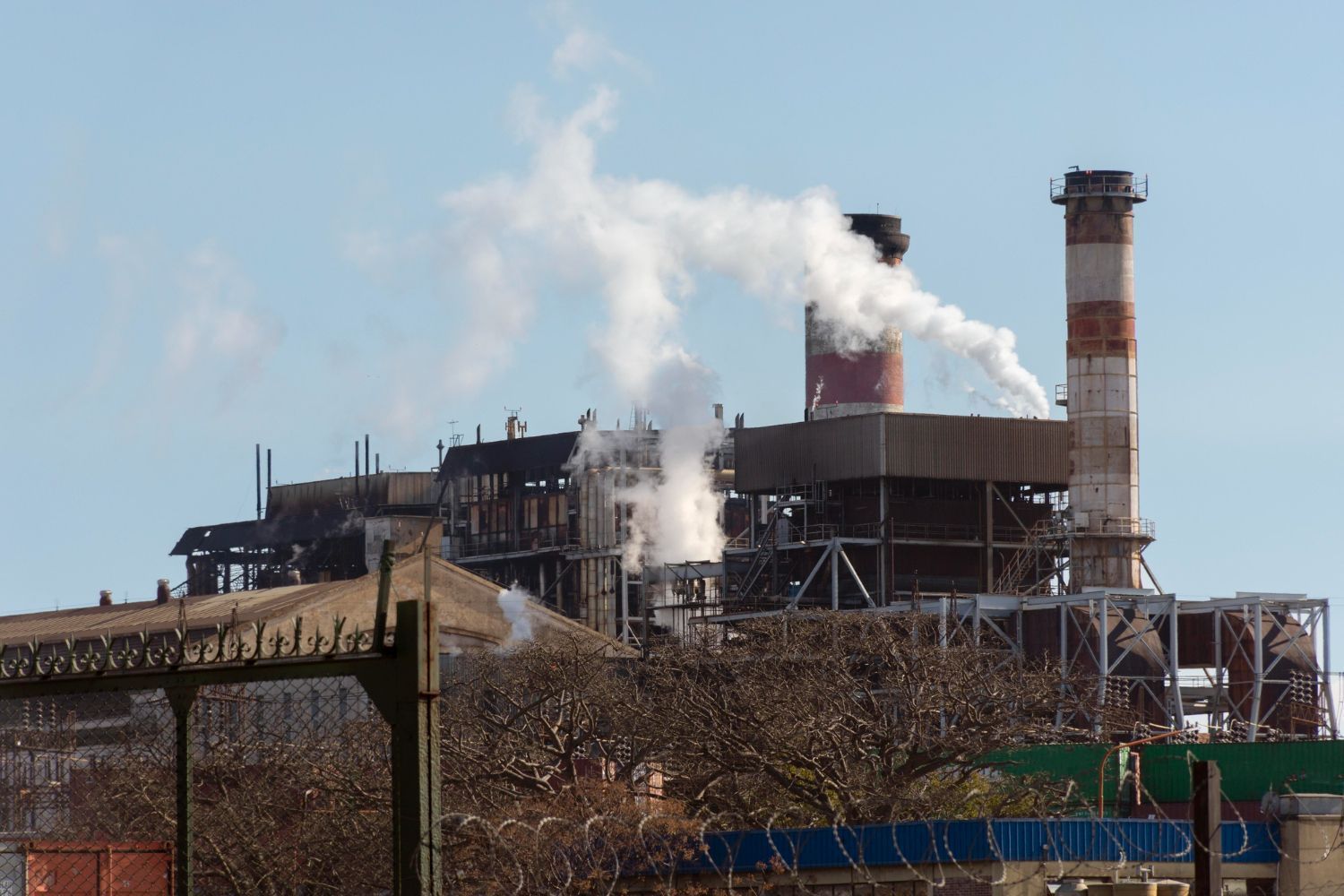Guide to Hazardous Material Clean Up
Hazardous material clean up is a crucial process that involves the removal and disposal of dangerous substances that pose a risk to human health and the environment. These materials can range from toxic chemicals and radioactive substances to infectious waste and flammable liquids. Proper clean up and disposal procedures are essential to prevent accidents, contamination, and damage to the environment. It is important to hire trained professionals who are equipped with the necessary tools and knowledge to safely and effectively handle hazardous materials.
What are Hazardous Materials
Hazardous materials, often referred to as hazmat, are substances that pose a risk to human health, property, or the environment. These materials can be found in various forms, such as solids, liquids, gases, or even radiation. They can include chemicals, gases, flammable liquids, explosives, infectious substances, and more.
Hazardous materials can cause harm through exposure, ingestion, inhalation, or skin contact. The effects of exposure to these materials can range from minor irritations to serious health complications, and in some cases, even death. It is crucial to handle hazardous materials with care and follow proper safety protocols to prevent accidents and minimize the risks associated with them.
There are strict regulations in place for the transportation, storage, and disposal of hazardous materials to ensure the safety of workers, the public, and the environment. Failure to follow these regulations can result in fines, legal consequences, and damage to the environment.
To properly manage hazardous materials, it is important to identify and classify them correctly, store them in appropriate containers, handle them with proper protective equipment, and dispose of them safely. Training and education are key components in ensuring that individuals working with hazardous materials are aware of the risks involved and how to mitigate them.
Risks Brought by Hazardous Materials Exposure
Exposure to hazardous materials can lead to a host of health problems, ranging from skin irritation and respiratory issues to more serious conditions such as cancer and neurological disorders.
One of the primary risks posed by hazardous materials exposure is the potential for acute poisoning. This occurs when an individual comes into direct contact with a toxic substance, either through inhalation, ingestion, or skin absorption. Symptoms of acute poisoning can include nausea, vomiting, dizziness, and in severe cases, loss of consciousness or even death. It is essential for individuals working with hazardous materials to be trained on proper handling procedures and use personal protective equipment to minimize the risk of exposure.
Another significant risk of hazardous materials exposure is the potential for long-term health effects. Prolonged exposure to certain hazardous substances, such as asbestos or lead, can lead to chronic health conditions that may not manifest until years later. For example, asbestos exposure has been linked to lung cancer, mesothelioma, and other respiratory diseases, while chronic lead exposure can result in neurological damage and developmental delays in children.
Hazardous Material Clean Up Guide
Hazardous material clean-up is a critical process that requires careful planning and execution to ensure the safety of both workers and the environment. Whether it's a small spill or a large-scale industrial accident, proper clean-up procedures need to be followed to prevent further contamination and potential health risks.
Here is a guide to hazardous material clean-up:
1. Assess the situation: Before any clean-up activities begin, it's essential to assess the situation and identify the type of hazardous material involved. This will help determine the appropriate clean-up procedures and the necessary protective equipment.
2. Establish a clean-up plan: Once the hazardous material has been identified, a detailed clean-up plan must be developed. This plan should include information on the type and amount of material present, the potential risks involved, and the necessary clean-up methods and equipment.
3. Secure the area: Before clean-up activities begin, the affected area should be secured to prevent further contamination. This may involve setting up barriers, warning signs, and restricting access to the area.
4. Wear appropriate protective equipment: When cleaning up hazardous materials, it's essential to wear the appropriate personal protective equipment (PPE) to protect yourself from exposure. This may include gloves, goggles, respirators, and protective clothing.
5. Contain and clean up the material: Depending on the type of hazardous material involved, different clean-up methods may be required. In some cases, the material may need to be contained and disposed of properly, while in other cases, it may be possible to clean up the material using absorbent materials or specialized clean-up equipment.
6. Properly dispose of the material: Hazardous materials must be disposed of properly to prevent further contamination and environmental damage. This may involve transporting the material to a designated disposal facility or working with a licensed hazardous waste disposal company.
7. Monitor and assess the area: After clean-up activities are complete, it's essential to monitor the area to ensure that no further contamination has occurred. This may involve testing the air quality, soil, and water in the area to ensure that it is safe for re-entry.
Hire Professionals
Entrusting hazardous material clean up with Dean Baughman Industrial Services is a smart choice for any business or organization. With our expertise, commitment to safety, track record of success, competitive pricing, and exceptional customer service, we are the top choice for all your hazardous material clean up needs. Don't take chances with hazardous materials – trust the experts at Dean Baughman Industrial Services to get the job done right.
Service Areas
Contact us and find out if we have a team in your area!
Address: Fort Wayne, IN 46825, United States of America Phone: (260) 615-0229
Dean Baughman Industrial Maintenance Services
